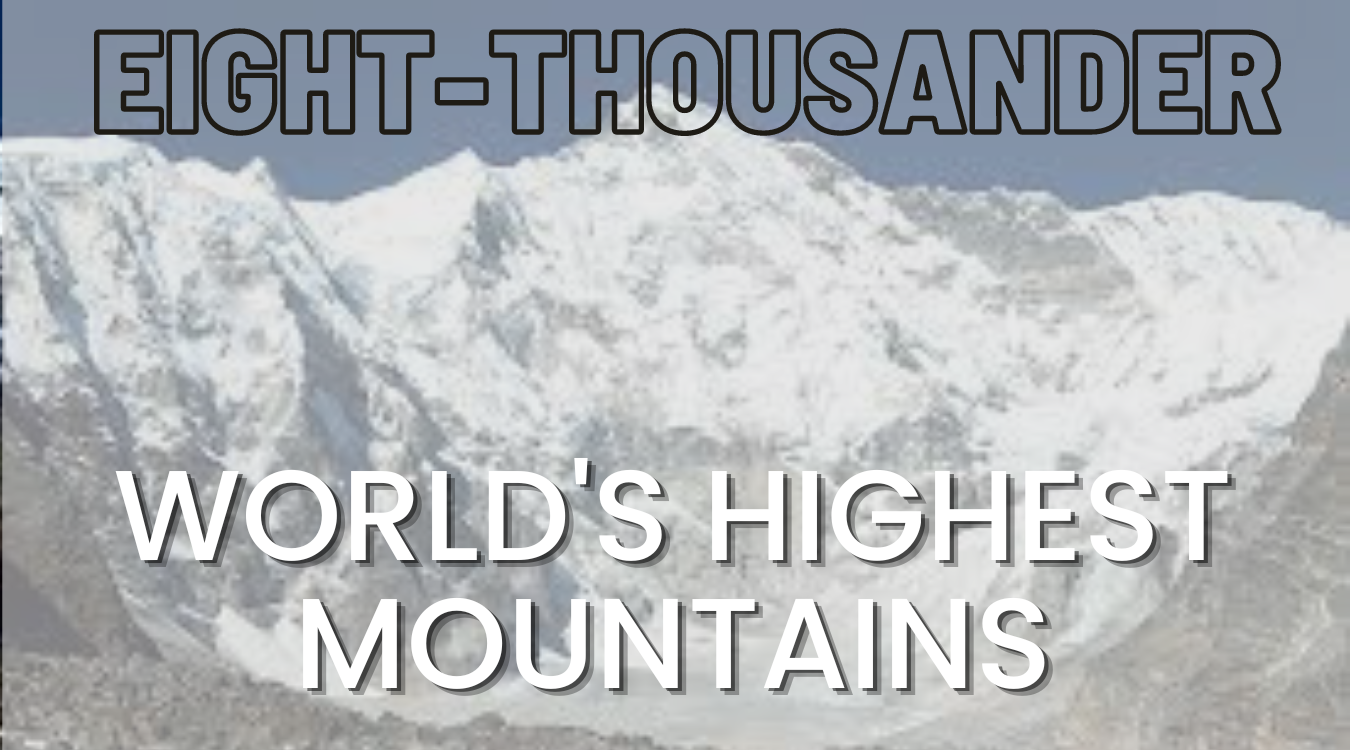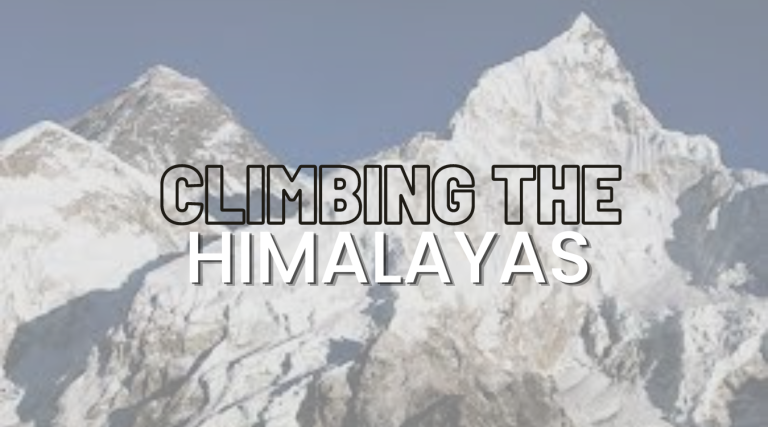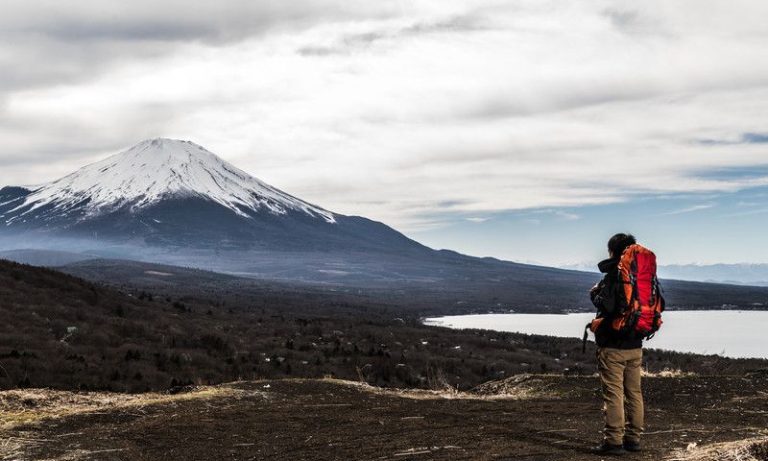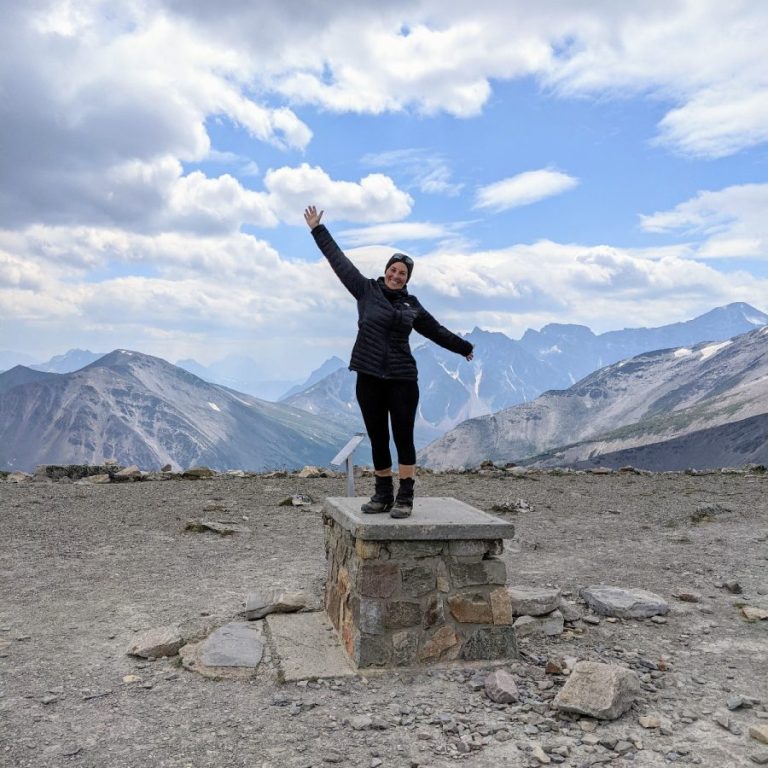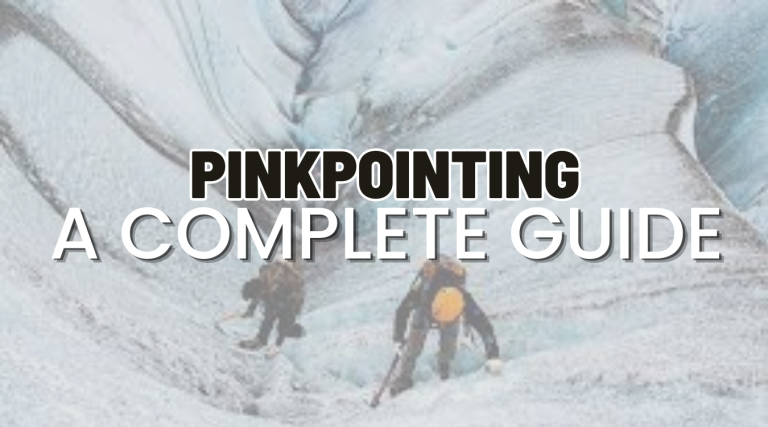Eight-Thousander: The Challenge and Fascination of Climbing the World’s Highest Mountains
Introduction
Climbing a mountain is a challenging and exhilarating experience. But what if you could climb one of the world’s highest peaks, where the air is thin, the weather is unpredictable, and the terrain is treacherous? That’s where the eight-thousanders come in. These are mountains that exceed 8,000 meters (26,247 ft) in height and are located primarily in the Himalayas and Karakoram ranges in Asia. In this article, we will explore the allure of eight-thousanders, the history of their conquest, and the risks and rewards of climbing these towering peaks.
What are Eight-Thousanders?
The term “eight-thousander” was first coined by American mountaineer and writer Frank Wells in his book “The Eight-Thousanders” published in 1981. There are 14 peaks in the world that are over 8,000 meters in height, and all of them are located in the Himalayas and Karakoram ranges in Asia. These mountains are:
- Mount Everest (8,848m)
- K2 (8,611m)
- Kangchenjunga (8,586m)
- Lhotse (8,516m)
- Makalu (8,485m)
- Cho Oyu (8,188m)
- Dhaulagiri (8,167m)
- Manaslu (8,163m)
- Nanga Parbat (8,126m)
- Annapurna (8,091m)
- Gasherbrum I (8,080m)
- Broad Peak (8,047m)
- Gasherbrum II (8,035m)
- Shishapangma (8,013m)
These mountains are not only the highest in the world but also the most challenging to climb. They are characterized by extreme weather conditions, high altitude, steep slopes, and difficult technical climbing routes.
The History of Climbing Eight-Thousanders
The first successful ascent of an eight-thousander was made by New Zealand mountaineer Sir Edmund Hillary and Nepalese Sherpa Tenzing Norgay on Mount Everest in 1953. Since then, hundreds of climbers have attempted to climb these mountains, with varying degrees of success. Some have lost their lives in the process, while others have achieved fame and fortune.
Over the years, climbers have developed different routes and techniques to climb these mountains, but the challenges remain the same. Climbing an eight-thousander requires physical and mental strength, technical skills, and a great deal of planning and preparation.
The Risks and Rewards of Climbing Eight-Thousanders
Climbing an eight-thousander is not for the faint-hearted. It is a risky and expensive endeavor that requires a lot of dedication and commitment. The risks involved include altitude sickness, frostbite, falls, avalanches, and unpredictable weather conditions. Climbers have to carry their own equipment and supplies, and they have to be self-sufficient for weeks or even months on end.
Despite the risks, the rewards of climbing an eight-thousander are immense. For many climbers, it is the ultimate challenge, a chance to push their limits and test their abilities. It is also an opportunity to experience the beauty and majesty of the Himalayas and Karakoram ranges, and to connect with nature in a profound way. And for some, it is a chance to achieve fame and glory, and to leave their mark on mountaineering history.
The Future of Climbing Eight-Thousanders
As more and more climbers attempt to summit eight-thousanders, concerns have arisen about the impact of mountaineering on the environment and local communities. Climbers leave behind a lot of waste and debris, and their presence can disrupt the delicate ecosystems that exist in the mountains. Additionally, some climbers have been accused of exploiting local porters and guides, and of disregarding the cultural and spiritual significance of the mountains to the indigenous people who live in the region.
In response to these concerns, some organizations and mountaineering groups have started promoting sustainable and responsible climbing practices. They encourage climbers to minimize their impact on the environment by carrying out all of their waste, and to respect the cultural and spiritual traditions of the local communities. They also promote safety and ethical conduct, and they work to educate climbers about the risks and responsibilities of climbing an eight-thousander.
Despite the challenges and controversies surrounding the climbing of eight-thousanders, the allure of these mountains remains as strong as ever. They represent the pinnacle of mountaineering achievement, and they continue to attract climbers from all over the world who are drawn to the challenge and the adventure that they offer.
Conclusion
Climbing an eight-thousander is a monumental challenge that requires physical and mental strength, technical skills, and a great deal of planning and preparation. It is a risky and expensive endeavor, but for many climbers, it is the ultimate test of their abilities and the chance to experience the beauty and majesty of the Himalayas and Karakoram ranges. However, climbers must also be mindful of the impact of their presence on the environment and local communities, and promote sustainable and responsible climbing practices. The allure of eight-thousanders remains strong, and they will continue to fascinate and challenge mountaineers for generations to come.
FAQs
- What is the highest eight-thousander?
- Mount Everest is the highest eight-thousander, with a height of 8,848 meters (29,029 ft).
- How many people have climbed all 14 eight-thousanders?
- As of 2021, only 40 climbers have successfully climbed all 14 eight-thousanders.
- What is the death rate for climbing eight-thousanders?
- The death rate for climbing eight-thousanders is around 6%, which is significantly higher than for other types of mountaineering.
- How much does it cost to climb an eight-thousander?
- The cost of climbing an eight-thousander can range from $30,000 to $100,000, depending on the mountain and the level of support provided by guides and support staff.
- How long does it take to climb an eight-thousander?
- Climbing an eight-thousander can take anywhere from several weeks to several months, depending on the mountain and the climbing route chosen.
